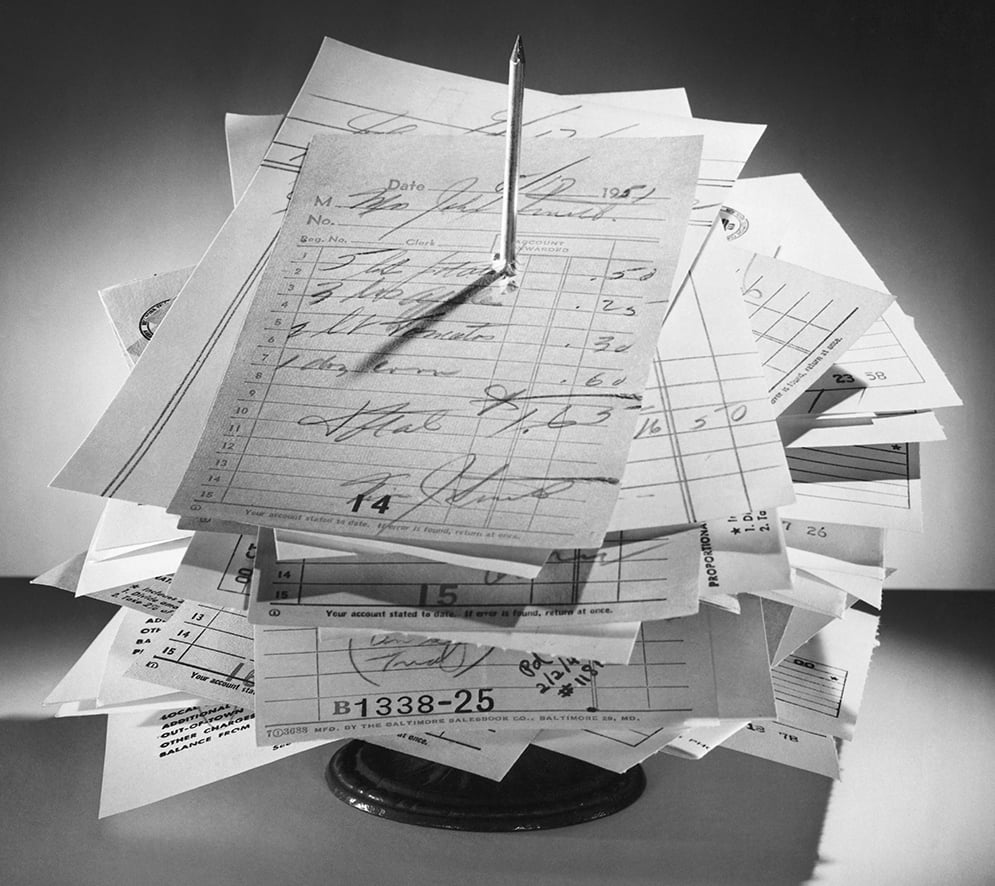I’ll admit it: I’m a wine wonk who loves to drink pink. At the end of a long day, nothing makes the cares go away quite like a cold glass of rosé.
Rosé got a bad reputation in the 1980s and ’90s from white Zinfandel and “blush” wines that were little more than soda with a kick, an offering for younger drinkers looking to move on from Bud but not yet ready for prime wine.
Even today, among those who’d rather think about wine than drink it, rosé pales before an overwhelming preference for red. Rosé is somehow regarded as an inferior white wine masquerading as a red.
Yet come summer, there may be no better, more companionable wine. Light and refreshing as an aperitif, rosés are also versatile enough to match with summery picnic fare such as olives, fresh cheeses, garlicky dips, and anything with anchovies or shellfish. Rosé is a perfect partner for something as substantial as grilled salmon; I’ve even flipped for a bargain Bonny Doon Vin Gris de Cigare with grilled rack of lamb.
Fortunately, rosés have reached our shelves in increasing numbers the past few summers, and consumers have welcomed them. More Americans are drinking wine, and they’re more willing to experiment with new flavors. The popularity of the Mediterranean diet—with lighter, less meat-oriented fare—has created a parallel desire for lighter wines.
Better winemaking also helps. Cold fermentation in stainless-steel vats—a relatively new technique that preserves freshness and fruit flavors in white wines—gives the same advantage to rosé. Cold-fermentation tanks are an expensive investment for wineries, one reason the rosé you buy here may taste better than the oxidized one you may have tried in Provence.
Today’s demand for big, inky red wines also has contributed to the rise of pink. Many wineries—especially in Bordeaux, California, and Australia—use a method called saignée, in which free-run juice from red grapes is “bled” off the skins before fermentation. The goal is to increase the concentration of the red wine, but the byproduct is often a delicious rosé.
Perhaps no one has done more to raise rosé’s profile among Washingtonians than Bobby Kacher, the DC-based importer whose portfolio includes a wide variety of rosé wines from southern France. Kacher discovered the joys of rosé in the early ’90s when he lived part of each year in Gigondas, a winemaking town in the Côtes du Rhône area of northern Provence.
“The spring and summer seasons in Provence resemble our climate back home in Washington,” Kacher says. (Humidity? Peter Mayle never mentioned that!) “During these warmer months, as in France, we now have a tendency to eat seasonally, with lighter, fresher foods that pair well with lighter, fresher wines. The versatility of these wines quickly became apparent to American consumers, who appreciated that the wines are fun, fresh, and thirst-quenching.”
Southern France may be the homeland of rosé, but the rise of pink means high-quality wine is available from just about anywhere. California is a good place to start. Bonny Doon’s rosé is a Rhône-style blend based on Grenache with a host of other grapes. Saintsbury’s Vincent Vin Gris is Pinot Noir, akin to Sancerre rosé from France’s Loire Valley. Barnard Griffin, from Washington state, makes a fine rosé from Sangiovese, the main red grape of Italy’s Tuscany region.
But we shouldn’t reject those from close to home. Barboursville Vineyard, near Charlottesville, began producing a European-style rosé with the 2005 vintage; its 2006 is now available in area stores. Kluge Estate, also near Charlottesville, produces Albemarle Rosé.
Because rosé is defined by its fresh fruit flavors, you should always look for the youngest vintage. The 2006 rosés are plentiful now, although many 2005s will still be delicious, especially those from Spain, where winemakers tend to release rosado wines two years after the vintage. Color can vary from a pale orange to lipstick red, depending on the grape and winemaker.
Traditionally, rosés were fermented bone-dry with relatively low alcohol, about 12 percent. With better vineyard techniques producing riper grapes, today’s rosés are often more full-bodied, with up to 14 percent alcohol and maybe a hint of residual sweetness.
That sugar may appeal to the American sweet tooth, but it risks rosé’s chief appeal—as a bracing thirst quencher, the perfect way to beat the summer heat.
The following rosés, available around Washington, are arranged from “very dry” to “very sweet”—not according to any chemical analysis but according to my very subjective palate. Drier rosés are more refreshing, while sweeter versions are heavier. “Very sweet” here indicates not a dessert wine but pronounced sweetness on the finish. All are delicious.
Very Dry
Roquemartin 2006, Côtes de Provence, France, $11
La Colombia Albarosa 2006, Veneto, Italy, $13
Carpineto Rosato 2006, Tuscany, Italy, $10
Domaine du Loou, Rosée de Printemps, Côteaux Varois en Provence, France, $14
Dry
Barboursville Vineyards 2005 or 2006, Virginia, $15
Les Vignerons de Tavel, Carte d’Or 2006, Côtes du Rhône, France, $14
Bonny Doon, Vin Gris de Cigare, 2005 or 2006, California, $12
Archipel 2005, Sonoma, California, $16
Kluge Estate, Albemarle 2005 or 2006, Virginia, $16
Tegernseerhof Zweigelt Rosé 2006, Kremstel, Austria, $12
Domaine Sainte-Eugénie 2006, Corbières, France, $10
Mas Carlot 2006, Vin de Pays d’Oc, France, $10
Château Guiot 2006, Costières de Nîmes, France, $10
Slightly Sweet
Château Grande Cassagne, Costières de Nîmes, France, $9
De Meye Shiraz Rosé 2006, Stellenbosch, South Africa, $10
Very Sweet
Goats Do Roam 2006, South Africa, $11
Yangarra 2005, McLaren Vale, Australia, $16
















